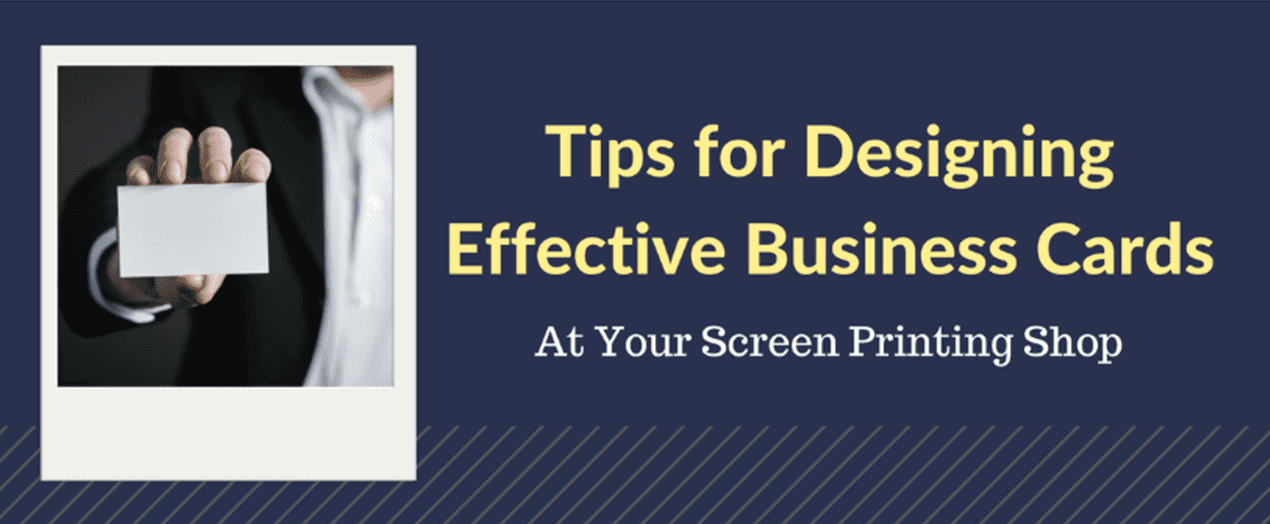

Революция в индустрии трафаретной печати благодаря передовым технологиям и качественному обслуживанию
Anatol Equipment Manufacturing Co.
1429 S Shields Dr
Waukegan, IL 60085


Революция в индустрии трафаретной печати благодаря передовым технологиям и качественному обслуживанию
Anatol Equipment Manufacturing Co.
1429 S Shields Dr
Waukegan, IL 60085

As a business owner, you’ve probably collected your fair share of business cards. Whether you’re designing a card for a customer or for your own business, think about what kinds of cards catch your eye. They can be made from a huge variety of materials, anything from paper to metal. You can also choose between a wide variety of textures, finishes and other effects like die cutting to set your cards apart from the rest of the stack. While different materials and effects can make an attractice and impressive statement, you’ll probably find traditional card stock (usually 14 or 16 point) to be the most cost effective choice for business card printing.
When designing your card, always remember that the card should match the tone and image of the business it represents. In many cases, a business card is the first impression a brand makes on a potential client or partner — it’s important that this first impression is a positive one! The design should be consistent with the appearance of other company branding materials. Ask yourself — does it match the company’s website or letterhead? Is the company more professional or more laid-back? Does the card reflect this?
Don’t include more information than is necessary on your business card. It’s important that the layout of your card is clean and easy to read and understand. Some essential information to include in your design:
Remember to double check all the information on the card before printing! It’s easy to mix up digits in a phone number or misspell an email address; you don’t want to catch a mistake only after you’ve printed hundreds of cards. You might even consider making the most of the space and printing on the back, which can be a good place for a list of services the company offers, or a special offer or discount.
There are several different options available for printing business cards. Digital printing and offset printing are the most common methods, but if you’re a screen printer, why not try screen printing them? If you’re able to print other types of flat paper stock like posters and signs, business cards might be an easy addition to your lineup. It’s important to keep your design simple — not only does a cluttered design make it hard for the recipient to find the information they’re looking for, it also helps to keep the design simple because you’ll be printing such small details. Because of how fine the print must be, it’s best to use the fewest colors possible and use a high mesh count screen, likely over 300 depending on the design. Air-dry inks are the best choice, since they don’t need to be cured with heat that could potentially damage the cards. A vacuum pallet can come in handy to keep your card stock from moving around during printing. You’ll also need a cutting machine to separate the cards; manual cutters can be purchased for around $100.
Even in today’s digital world, there’s no substitute for a well-designed traditional business card when it comes to networking and making a first impression. While it can be difficult for a small print shop to compete with larger companies who make business cards a specialty, printing them at your shop will give you a chance to expand your product line with a unique offering, and it usually doesn’t require much in the way of additional investment.
Your message was successfully sent!